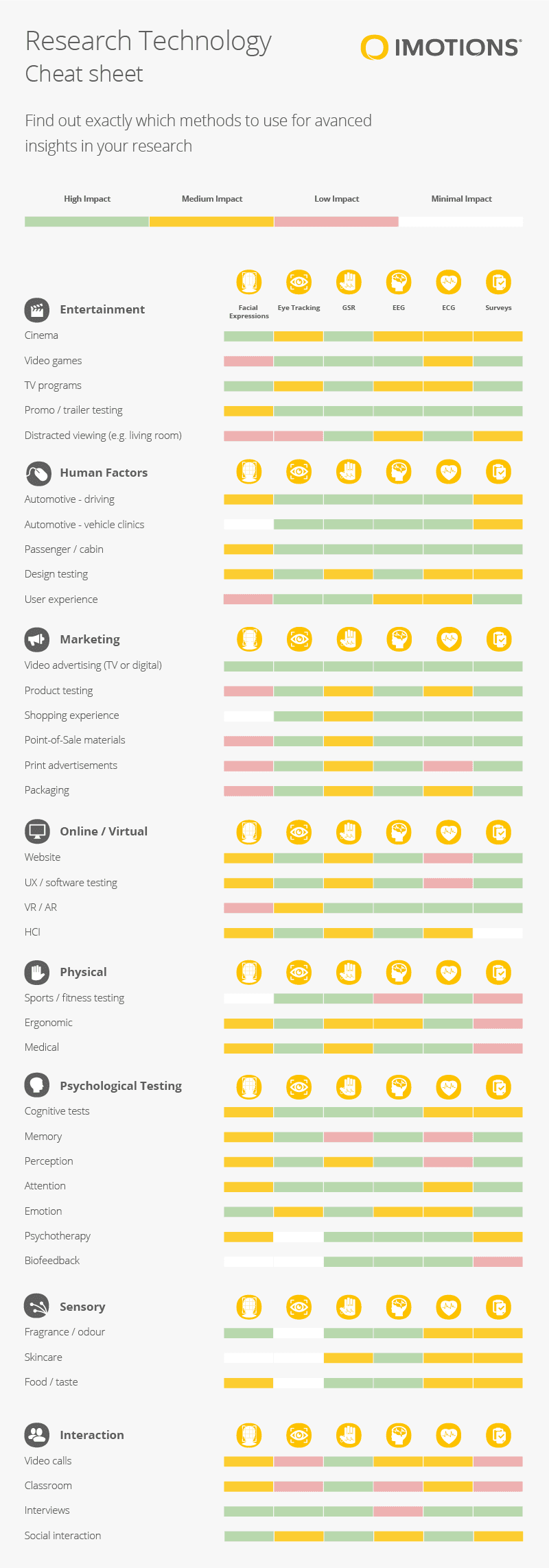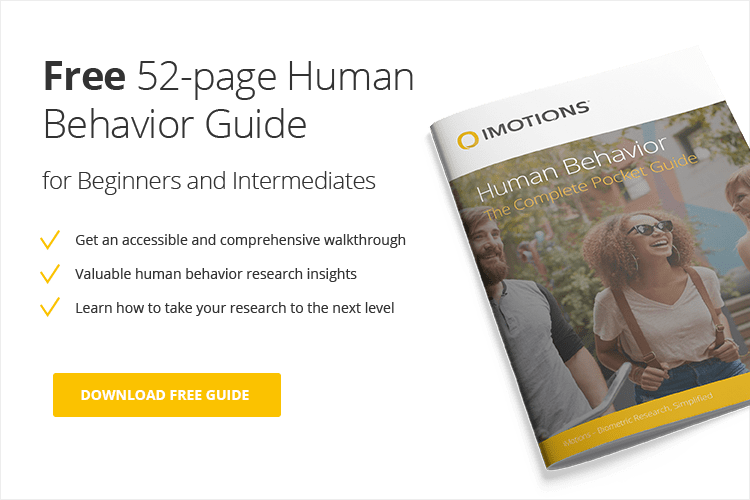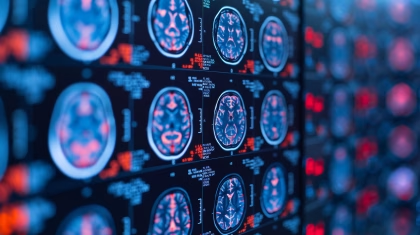So you want to understand humans better. Maybe you want to uncover the deep truths about who they are, or maybe you want to know more about their motivations and desires. Either way, it would only get you so far to go up to someone and ask what they’re thinking.
Maybe they could tell you overall how they felt, or a general idea about their thoughts, but as human beings are – well – human beings, it’s difficult to get a fine level of detail about their thoughts or emotions purely through questioning. But there’s a crucial reason why we need this in order to understand humans:
Having data before an event allows you to understand what led up to it.
Gathering Data
We might not at first glance think that we’re producing much data to work with, but once you look a little closer there are many things to be revealed. The direction we look in, the small changes in our facial expressions, our physiological arousal, and even our brain activity, can be recorded and used to build a picture of how we feel and what we think using sensors and technologies such as:
- Eye tracking
- Facial expression analysis
- Galvanic skin response (GSR)
- Electroencephalography (EEG)
- Electrocardiography (ECG)
Getting Started with Research
We know that getting started with human behavior research can be a confusing process, and understanding which sensors are best for answering your questions can seem like an arduous task. That’s why we’ve put together this cheat sheet so you can quickly see which experimental setup is best in your research area.
This list contains over 30 research areas, spanning a wide range of fields, across both academia and industry. For each area we’ve detailed how well each sensor is suited to answering the common research questions that are posed. So whatever your research question is, you’ll find inspiration here.
The Research Technology Cheat Sheet

While the areas above are split into various categories, there is of course a great deal of overlap between some of them. Many of the research areas can also be examined in multiple ways – testing human responses to a video could be for a psychological experiment, marketing, or to test the video’s enjoyment – it all depends on what the video contains, and how it’s tested.
Using these sensors together obviously leads to more impactful data, and ultimately provides more strength to findings. By using iMotions, it’s simple to integrate and sync multiple sensors to advance discoveries. Of course, each research question is unique, and exactly how the sensors are used can determine their suitability – if you’d like more help in starting up with advanced research then get in touch and we can see exactly which configuration is right for you.
I hope you’ve found this cheat sheet for research setups useful in your work. To get a primer on human behavior research, then download our free and comprehensive guide below.












